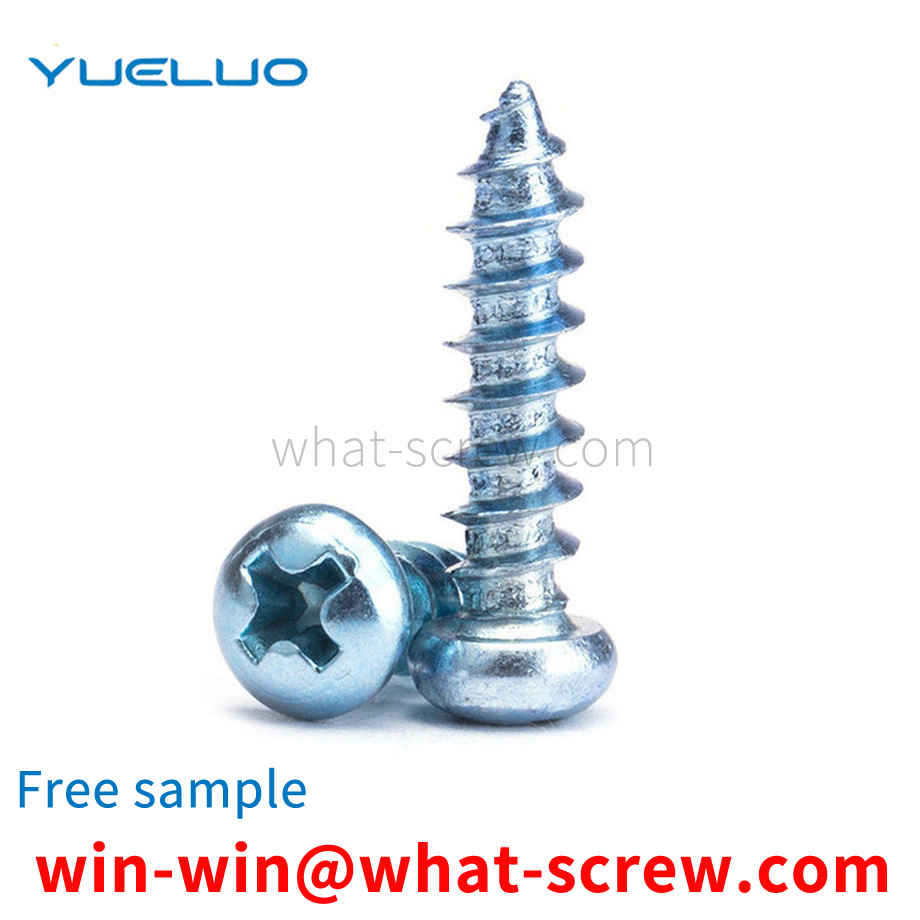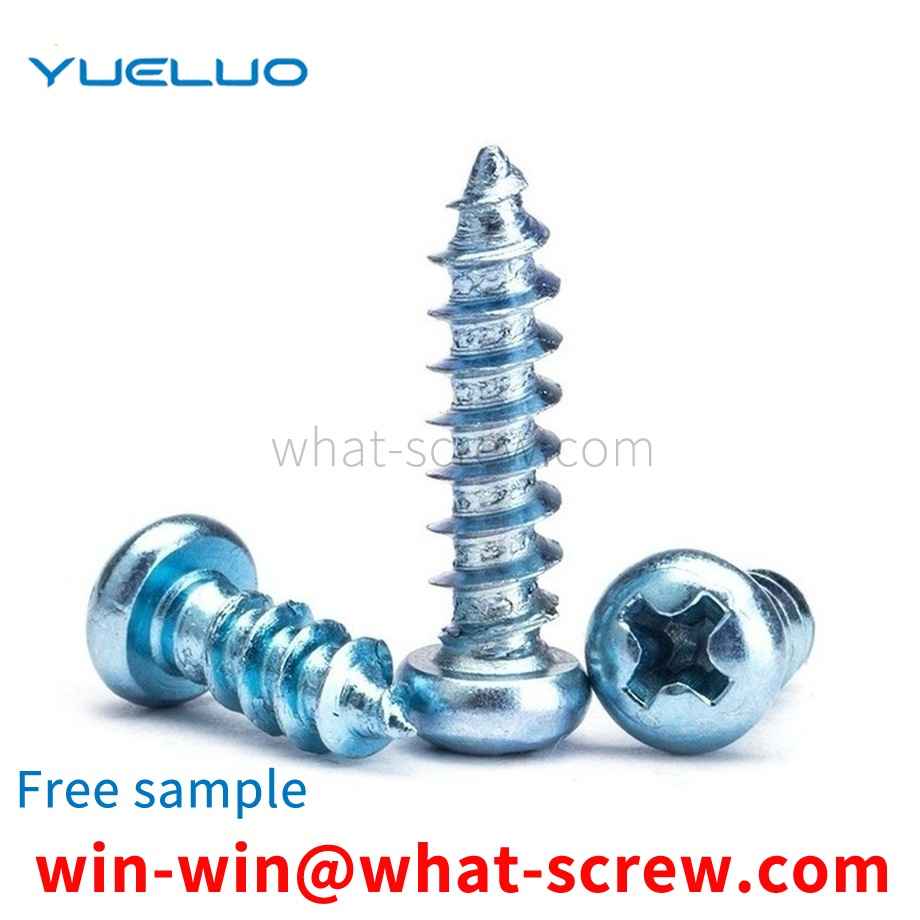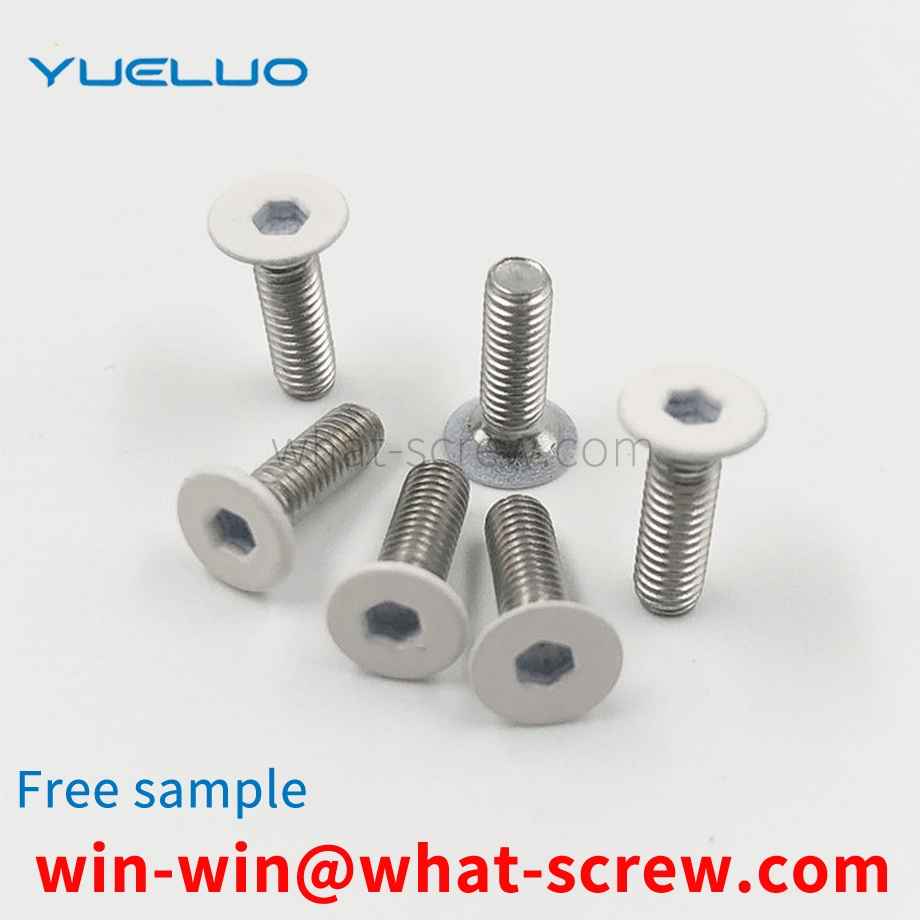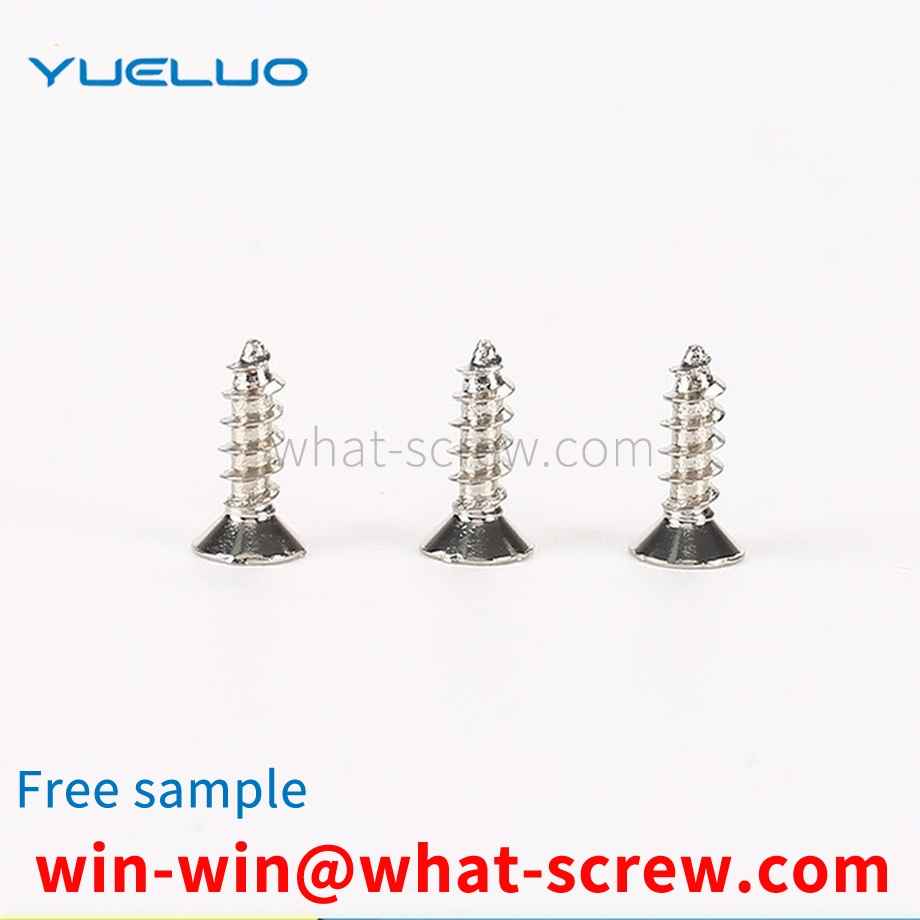What is the tolerance range of precision screws?
What is the tolerance range of precision screws?
Service Hotline
+86760-8787 8587We have more than ten years of experience in the production of screw industry, the main products are: light coil dowels, round head countersunk head screws, GB61701 hexagon nuts, metric square neck bolts, hammer rivets, black aluminum dome head rivets, shaft positioning pins, flat head rolling Flower thread screws and nuts, 2.5304 stainless steel screws, tightening handle screws, furniture T-shaped flat nuts, all-tooth socket head cap screws, thin washers, screw nuts, GBT bolts and other fasteners processed according to the drawing, due to the product material and Specifications vary, prices vary, please contact us if necessary.


Subway tunnels can be divided into rectangular, arched, circular, and elliptical end face forms according to the section shape of the section tunnel. The rectangular end face can be divided into single-span, double-span and multi-span types. There are two types of circles. The subway tunnel needs to install electromechanical equipment through bolts, insert T-shaped bolts into the preset holes on the shield plate of the subway tunnel, and then cast and fix it. The bolts are smooth and the contact surface is small. The bolts installed in the shield plate are easy to fall off, causing the installed equipment to fall and damage or causing losses to pedestrians or vehicles passing in the tunnel. Therefore, it is necessary to further improve the current bolts.

In the manufacture of fasteners, the correct selection of fastener materials is an important part, because the performance of fasteners is closely related to its materials. If the material is improperly or incorrectly selected, the performance may not meet the requirements, the service life may be shortened, or even accidents or processing difficulties may occur, and the manufacturing cost will be high. Therefore, the selection of fastener materials is a very important link. Cold heading steel is a steel for fasteners with high interchangeability produced by cold heading forming process. Because it is formed by metal plastic processing at room temperature, each part has a large amount of deformation and a high deformation speed. Therefore, the performance requirements of cold heading steel raw materials are very strict. On the basis of long-term production practice and user research, combined with GB/T6478-2001 Technical Conditions for Cold Heading and Cold Extrusion Steel GB/T699-1999 High-Quality Carbon Structural Steel and target JISG3507-1991 Cold Heading Characteristics of Carbon Steel Wire Rod for Steel, taking the material requirements of grade 8.8 and grade 9.8 bolts and screws as an example, the determination of various chemical elements. If the C content is too high, the cold formability will be reduced; if it is too low, the mechanical properties of the parts cannot be met, so it is set at 0.25% - 0.55%. Mn can improve the permeability of steel, but adding too much will strengthen the matrix structure and affect the cold forming performance; when the part is quenched and tempered, it has the tendency to promote the growth of austenite grains, so it should be appropriately improved on the basis of international standards. 0.45 % - 0.80 %. Si can strengthen the ferrite and reduce the cold formability. SP is an impurity element, and their existence will cause segregation along the grain boundary, resulting in the embrittlement of the grain boundary and damage to the mechanical properties of the steel. It should be reduced as much as possible. B. The maximum value of boron content is 0.005%, because although boron element can significantly improve the permeability of steel, it will also increase the brittleness of steel. Excessive boron content is very unfavorable for workpieces such as bolts, screws and studs that require good comprehensive mechanical properties.


According to the development and evolution process of self-tapping screws, we believe that the main types of self-tapping screws are as follows: 1. Common self-tapping screw threads are self-tapping threads, also known as wide thread. The surface is mostly electroplated. 2. Self-cutting and self-tapping screws are called scraping ends of self-tapping screws in my country's standard. The threads are self-tapping threads or machine threads, and the cross grooves are also H type. There are several types of self-cutting self-tapping screws: cross recessed pan head self-cutting self-tapping screws, cross recessed countersunk head self-cutting self-tapping screws. Cross recessed countersunk head self-cutting self-tapping screws, hexagon head self-cutting self-tapping screws. 3. Self-extrusion and self-tapping screws (self-tapping locking screws) The threads of self-extrusion and self-tapping screws are generally machine threads, and self-tapping threads are rarely used. In the wrenching method, in order to ensure the use of high-speed automatic assembly wrenches, slotting is generally not recommended. The cross section of the screw of the self-extrusion self-tapping screw is triangular. So it is also called triangular thread screw. 4. Self-drilling and self-tapping screws (self-drilling screws) The threads of self-drilling and self-tapping screws are self-tapping threads according to Chinese, German and international standards. In the American ASME and SAE standards, the BSD self-drilling self-tapping screws are self-tapping threads, and the CSD self-drilling self-tapping screws are machine threads. Self-drilling self-tapping screws are not recommended for slotted and normal hex head. 5. Metal driving screws (metal tapping screws) The metal driving screws have multiple threads and special threads with a certain helix angle. Only the American standard has metal drive screws, and there are no Chinese and German standards. 6. Wallboard self-tapping screws (dry wall screws) Wallboard white tapping screws are special threads with horn head, cross groove (H type) and 60° profile angle, and the surface is mostly phosphate treatment (phosphating). 7. The cross groove of the fiberboard nail is Z-shaped, and the surface treatment is mostly electroplating. There are several types of fiberboard nails: countersunk head, double countersunk head fiberboard nails, pan head, pan head flange (with pad) fiberboard nails, semi-countersunk head, semi-countersunk head flange (with cushion) fiberboard nails. 8. Combination self-tapping screws Ordinary self-tapping screws, self-cutting self-tapping screws, self-drilling self-tapping screws, etc., and flat washers, elastic washers (including spring washers, elastic locking washers, etc.). 9. Others Self-tapping screw types High and low thread double lead self-tapping screws, coarse and fine thread (different pitch) thread self-tapping screws, threads coated with sealing material (fall resistance) self-tapping screws, various composite groove self-tapping screws, Other special self-tapping screws, etc. In short, there are many types of self-tapping screws. With the development of production, the advancement of technology, new materials, new structures, and new thread forms, new self-tapping screw products will continue to appear.

Locating pins are widely used in mechanical equipment and automated assembly lines. There are many types of locating pins, including fixed locating pins, replaceable locating pins, tapered locating pins, edged locating pins, standard diamond locating pins, spring locating pins, etc. The function is to limit the free movement of parts and objects. Users often choose different positioning pins according to the actual conditions of the parts, for example, according to the occasion of use, requirements and performance, etc., to reasonably choose positioning pins of different shapes and performances. At present, users usually use a combination of cylindrical pins and edge-cutting positioning pins as the positioning method for gripper positioning methods in automatic line accompanying tooling and automatic grasping.

The above content is uploaded by Yueluo or the Internet. If there is any copyright issue, please contact [email protected].

What is the tolerance range of precision screws?

How to choose the right stainless steel screw manufacturer?

Why is there an R angle under the head of the hexagon head s...

We have more than ten years of production experience in the ...

We have more than ten years of experience in the production ...

We have more than ten years of experience in the production ...

We have more than ten years of experience in screw industry ...